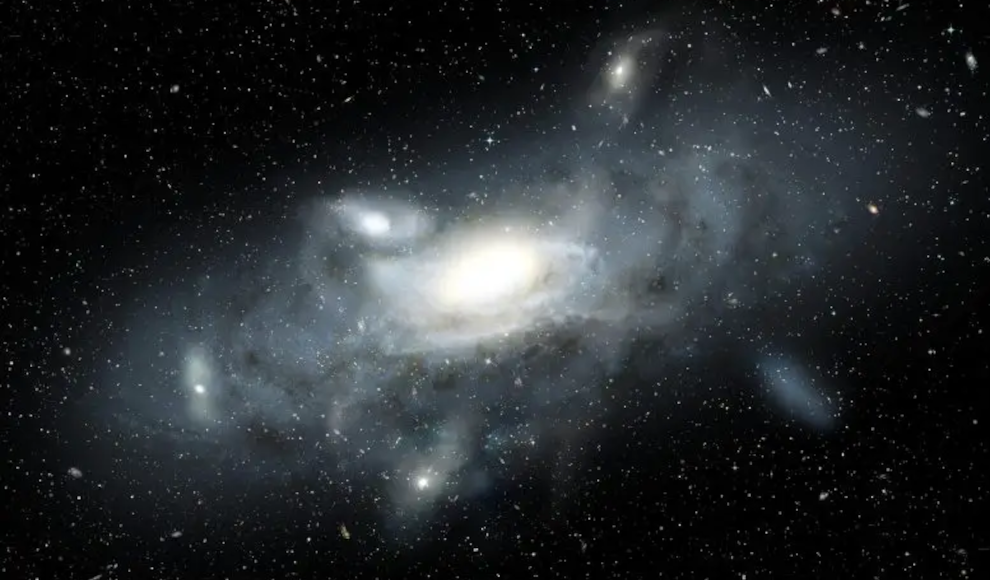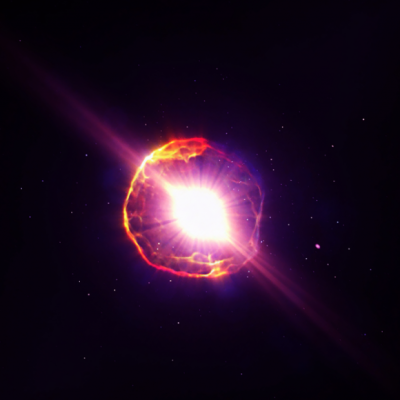Astronomers have discovered a galaxy that resembles the early Milky Way, providing new insights into the formation of our home galaxy. The galaxy, named “The Sparkler,” is embedded in a system of spherical star clusters and satellite galaxies that it absorbed during its growth process. The discovery was made using the first data from the James Webb Space Telescope (JWST). The Sparkler, with its two dozen orbiting spherical star clusters, offers new insights into the early history of the Milky Way. The authors of the study believe that they are witnessing the formation of the galaxy as it builds its mass in the form of a dwarf galaxy and several spherical star clusters.
The Sparkler is located in the constellation of Volans in the southern sky and was discovered using the JWST and the gravitational lensing effect of a nearby galaxy. The galaxy has a redshift of 1.38, meaning that it is seen as it was about 9 billion years ago, approximately 4 billion years after the Big Bang. The authors of the study examined the age and metallicity distribution of a dozen of the compact star clusters surrounding The Sparkler and found that they resemble younger versions of the star clusters that now surround the Milky Way. Some of the star clusters have old formation times and are rich in metals, similar to those in the central region of the Milky Way, suggesting that they are spherical star clusters.
The origin of spherical star clusters has been a long-standing mystery, and the authors of the study are excited that the JWST can look back in time to see them in their youth. Some of the star clusters have intermediate ages and low metal concentrations, indicating that they are connected to the satellite galaxy that is being integrated into The Sparkler. Although The Sparkler currently only has 3% of the mass of the Milky Way, it is expected to grow over cosmic time to match the current mass of the Milky Way in the present universe. This discovery provides a unique opportunity to study the formation of spherical star clusters and a young Milky Way at a time when the universe was only a third of its current age.








-400x400.jpg)

